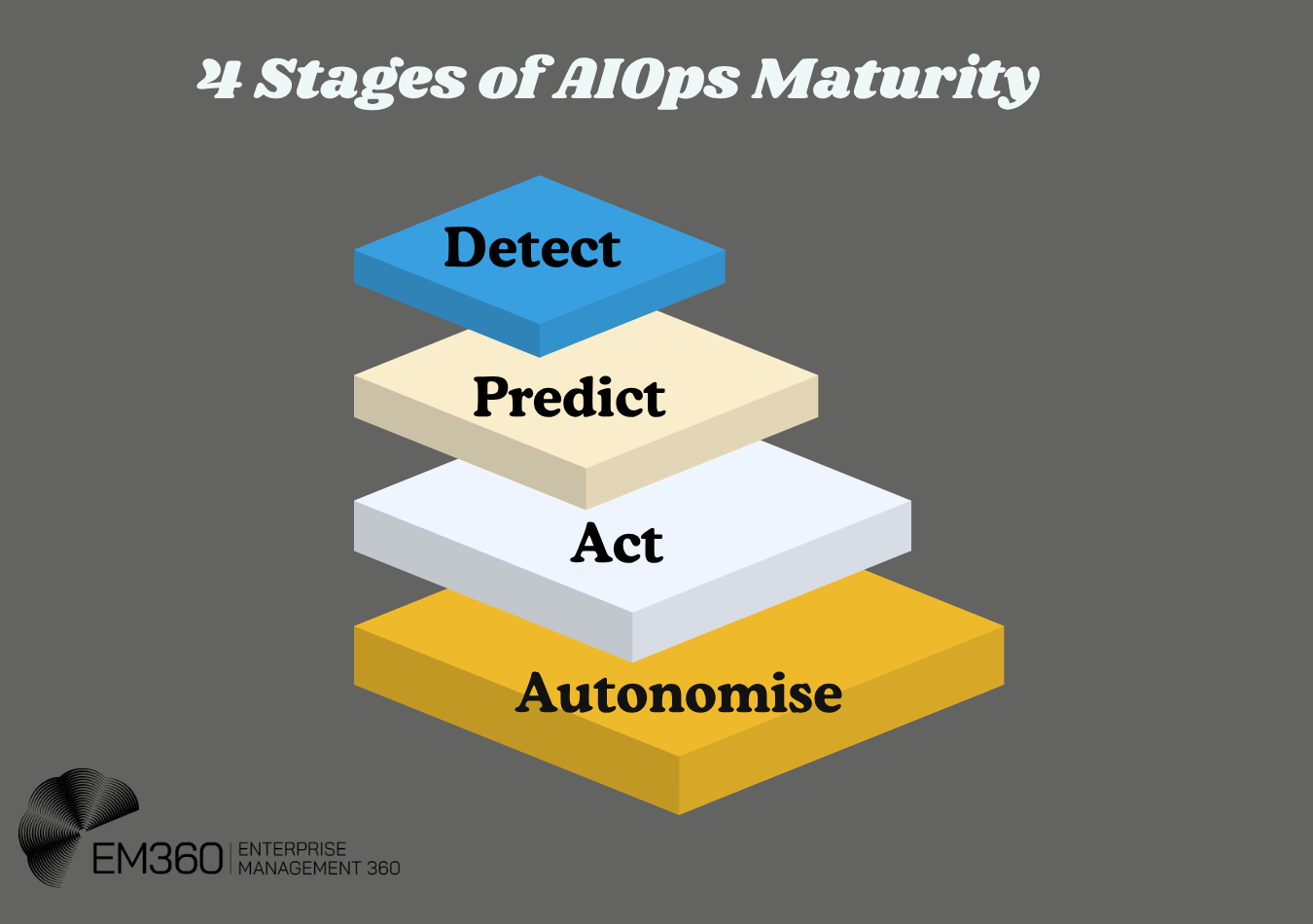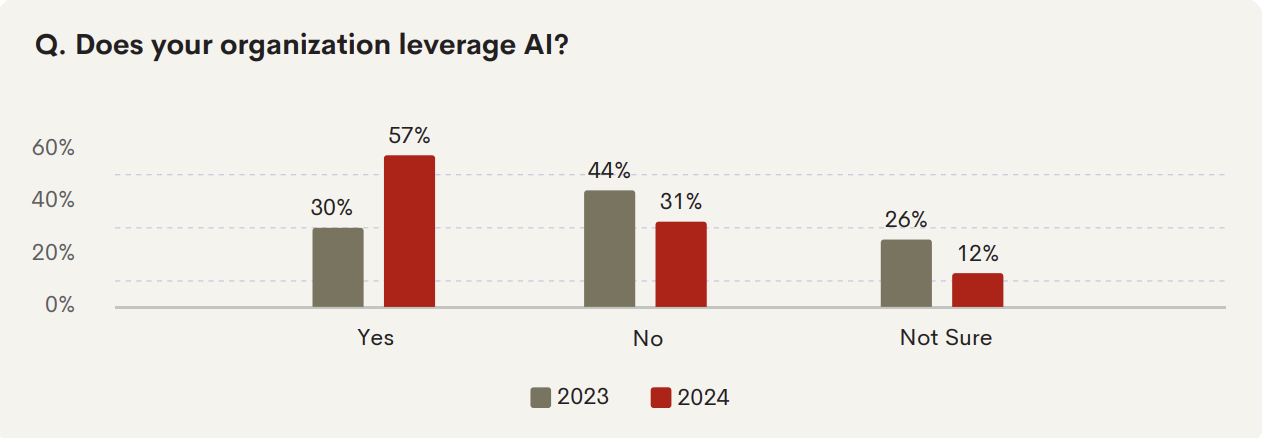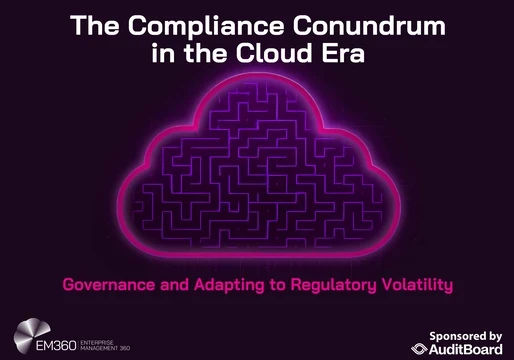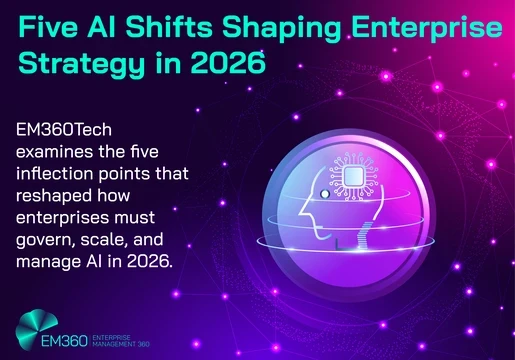In this day and age, IT operations go well beyond keeping systems online. Modern IT operations are under pressure like never before.
Teams are expected to deliver high availability, maintain security, and support rapid innovation—all while managing increasingly complex and hybrid infrastructure. Traditional, manual approaches to IT operations simply can’t keep pace.
The emphasis now lies in anticipating issues, minimising disruptions, and managing growing infrastructure complexity. As digital systems expand across cloud, on-premises, and hybrid environments, the coordination of IT processes becomes increasingly demanding.
In this space, artificial intelligence is beginning to play a practical role. AI is no longer a futuristic buzzword. It's here, it's growing, and it's reshaping industries across the board. Applied thoughtfully, AI helps streamline workflows, reduce repetitive tasks, and strengthen decision-making across operations.
So, how will organisations approach implementation with efficiency and reliability in mind? Well, the next generation of AI-driven operations tools is designed to do more than just detect problems; they aim to help teams solve them faster and, in some cases, avoid them altogether.
Artificial intelligence is providing new ways to manage scale, respond faster to issues, and automate repetitive tasks.

What is AIOps?
As discussed before, AIOps is short for artificial intelligence for IT operations, and has been around for a few years now. Initially marketed as a tool to cut down the noise from countless alerts, its first iteration mostly acted as a digital assistant, flagging anomalies, surfacing insights, and supporting decisions. This wasn’t always the case; it didn’t always deliver actionable context, and often still relied on human intervention.
We are now seeing a noticeable shift in how technology teams manage sprawling IT environments. It's not just smarter, it’s more autonomous, more integrated, and far more relevant to today's hybrid, multi-cloud, always-on digital enterprises.
Have a look at this video made by EM360Tech Ben King:
Why AI Matters in IT Operations Management
Managing modern IT environments has become increasingly challenging. The shift toward hybrid-cloud and distributed systems has introduced greater complexity, making manual oversight harder to sustain at scale. AI technologies offer a practical response—augmenting IT operations with automation, intelligent insights, and faster decision-making.

A Brief History of AIOps and What’s Changed
In its early phase, AIOps was treated as an upgrade to traditional monitoring. IT teams were still managing a patchwork of legacy systems, cloud platforms, and shadow IT, often without much cohesion. AIOps tools were layered on top to make sense of the chaos.
But as operations improve and AI, it isn’t just an overlay. It’s embedded, often natively, into digital infrastructure. Modern AIOps platforms now analyse data in real time, apply predictive models to anticipate failures, and automate fixes before anyone files a ticket.
According to IDC, by the end of 2025, over 70 per cent of large enterprises are expected to adopt AIOps capabilities as part of their core IT operations, a jump from less than 40 per cent.
What sets AIOps apart
Today’s platforms are built with four core functions in mind:
- Prediction and pattern recognition: Using machine learning to anticipate system strain, performance bottlenecks, or potential points of failure.
- Real-time monitoring: Not just tracking, but correlating metrics, logs, and traces across environments to surface what's truly urgent.
- Task automation: From restarting services to scaling up servers, AIOps handles routine issues autonomously, cutting down manual intervention.
- Seamless integration: Rather than bolt-on tools, AIOps now integrates tightly with DevOps pipelines, ticketing systems, and cloud infrastructure.
AIOps helps shift teams from reacting to incidents to proactively managing systems, allowing them to focus on long-term improvements instead of reacting to daily issues.
Why AIOps Matters
IT teams are being stretched across increasingly complex environments. Managing a mix of on-premise systems, public and private clouds, and containerised workloads—often from multiple vendors—has become the norm. This comes as 86 per cent of enterprises now consider hybrid environments their preferred operating model. While flexible, this model introduces significant operational complexity.
This shows up in daily pain points:
- Alert fatigue from excessive and often redundant monitoring notifications.
- Incident overload, where real problems are buried under false positives.
- Tool and team silos that delay root cause analysis and resolution.
- Faster release cycles that require better risk management and uptime guarantees.
Performance and reliability are no longer back-end concerns; they are now linked directly to customer experience, brand reputation, and revenue. AIOps offers a path to meet these challenges by:
- Identifying meaningful signals from noise
- Accelerating root cause analysis
- Anticipating outages through predictive insights
- Automating repetitive tasks
- Improving service reliability across hybrid estates
AIOps on the Rise
The volume of data generated across enterprise systems is no longer the primary challenge—making sense of that data, in real time, is where the real complexity lies. While machine learning has introduced new ways to interpret patterns and predict outcomes, the real value comes from embedding intelligence directly into IT operations. That’s where AIOps is gaining traction—as a practical solution for building responsive, automated systems that scale with demand.
Industry forecasts reflect this momentum. Research from MarketsandMarkets projects the AIOps market will expand at a compound annual growth rate of thirty 34 per cent, signalling rising enterprise interest. By reducing manual intervention, accelerating decision-making, and improving infrastructure reliability, AIOps is fast becoming a foundational element of modern IT operations.
The 4 Stages of AIOps Maturity

Organisations typically adopt AIOps in progressive stages. Each phase builds capability and trust in the system:
- Detect – Centralise visibility by consolidating data sources and enabling anomaly detection.
- Predict – Use patterns and history to forecast potential disruptions.
- Act – Automate responses and remediation steps.
- Autonomise – Allow systems to take informed action independently, improving speed and reliability
This maturity curve represents a shift from reactive problem-solving toward predictive, self-correcting infrastructure.
How to Leverage AI in IT Operations Management
Leveraging AIOps in an organisation means applying machine learning, analytics, and automation to monitor, manage, and optimise complex IT environments. The goal is to improve system reliability, reduce manual workload, and enable faster, smarter responses to operational events.
Here’s how organisations can do it effectively:
1. Centralise and normalise operational data
Begin by consolidating logs, metrics, events, and telemetry from across your infrastructure—cloud, on-prem, and hybrid environments. AI thrives on data, but that data must be clean, structured, and consistent.
2. Use AI for anomaly detection and pattern recognition
Train AI models to identify irregularities in system behaviour, correlate related events, and highlight patterns that might signal emerging issues. This helps IT teams detect problems earlier and with more context.
3. Automate routine tasks
Implement AI to handle repetitive processes such as ticket triage, log analysis, or performance tuning. Automating these tasks reduces noise and allows engineers to focus on higher-priority work.
4. Enable predictive insights
Use AI to forecast capacity bottlenecks, detect infrastructure drift, and predict service degradation before it impacts users. This shifts IT operations from reactive to proactive.
5. Embed AI into incident response workflows
Incorporate AI into your runbooks and response procedures. AI can trigger automated actions—like scaling resources, restarting services, or escalating critical issues—based on real-time analysis.
6. Build Trust through governance and transparency
Establish clear governance around AI decision-making. Ensure models are explainable, actions are auditable, and teams are trained to interpret AI-driven outputs confidently.
When used strategically, AIOps allows IT organisations to move faster, respond smarter, and scale operations without compromising reliability. It’s not just about automation—it’s about using intelligence to operate better.
AIOps Challenges
Still, the road to AIOps maturity is not without friction. While the benefits are clear, many organisations face practical and cultural hurdles that slow adoption. Here’s a breakdown of the key challenges IT leaders are navigating:
1. Data integration and legacy systems
Many enterprises operate in fragmented environments where data lives in silos. Integrating telemetry from legacy infrastructure, cloud platforms, and third-party tools can be complex and time-consuming—yet it’s essential for any meaningful AI-driven insight.
2. Lack of trust in automation
Operational teams, especially those with years of experience, may be cautious about relying on AI to guide or execute decisions. Building trust in automation takes time, particularly in environments where uptime and performance are critical.
3. Data privacy and compliance risks
Feeding sensitive operational data into AI models introduces compliance concerns. Without clear governance and transparency, there’s a risk of exposing confidential information or making automated decisions that fail regulatory checks.
4. Reliability and model accuracy
Not all AI models perform equally. False positives, incomplete data sets, or lack of explainability can result in errors, and once trust is broken, adoption becomes much harder to sustain.
5. Organisational resistance to change
Even with the right tools in place, AIOps success depends on people and processes. Shifting from reactive operations to proactive, AI-augmented workflows often requires new skill sets, revised procedures, and a mindset shift across teams.
AI Adoption in the Enterprise
Until recently, AI adoption in the workplace was largely being driven from the ground up. In a recent study done by Management Centre Europe, employees were eager to explore its potential—85 per cent believed AI could bring tangible benefits to their organisations, and many took the initiative themselves, with 42 per cent using AI tools independently, often without formal guidance or support.
However, these early efforts were not matched at the organisational level. Most companies lacked a clear AI strategy. Governance structures were missing, employee training was minimal, and adoption remained largely informal. Fewer than half of respondents reported that their organisations had any plans to formally implement AI.
That picture shifted significantly in 2024. According to the latest data, 57 per cent of respondents said their organisation is now actively leveraging AI, nearly double the figure from 2023 (30 per cent). The number of organisations not using AI at all dropped from 44 per cent to 31 per cent, while those uncertain about their company’s stance on AI fell sharply. This marked change suggests a turning point: AI is no longer a side experiment driven by keen individuals—it’s becoming a structured, strategic asset across enterprises.

Path to AIOps
By 2026, we may look back on 2025 as the turning point for operations intelligence—a year when the shift from reactive IT management to intelligent automation truly gained momentum. The groundwork is being laid for self-healing infrastructure: systems capable of detecting, diagnosing, and resolving issues with minimal human input.
According to Gartner, by 2026, 30 per cent of enterprises will automate more than half of their network activities, an increase from under 10 per cent in mid-2023.
In that future, AIOps won’t just be another tool in the stack. It will serve as the architectural core of modern IT operations, enabling systems to run leaner, adapt faster, and respond more intelligently to change. While AIOps may not eliminate every operational challenge, it's already proving essential to navigating complexity at scale.
For IT leaders under pressure to deliver reliability, efficiency, and speed, the message is don’t wait for the future to arrive—start building for it now. With AIOps, intelligent response isn't an aspiration; it's fast becoming the default.







Comments ( 0 )